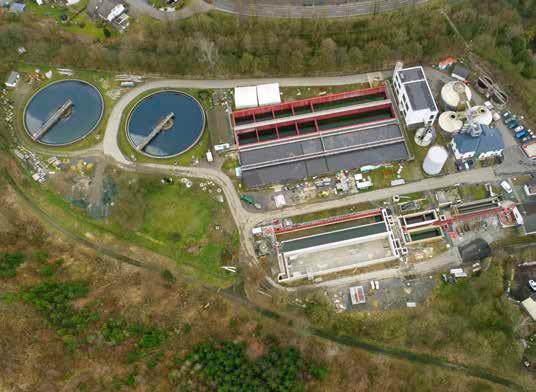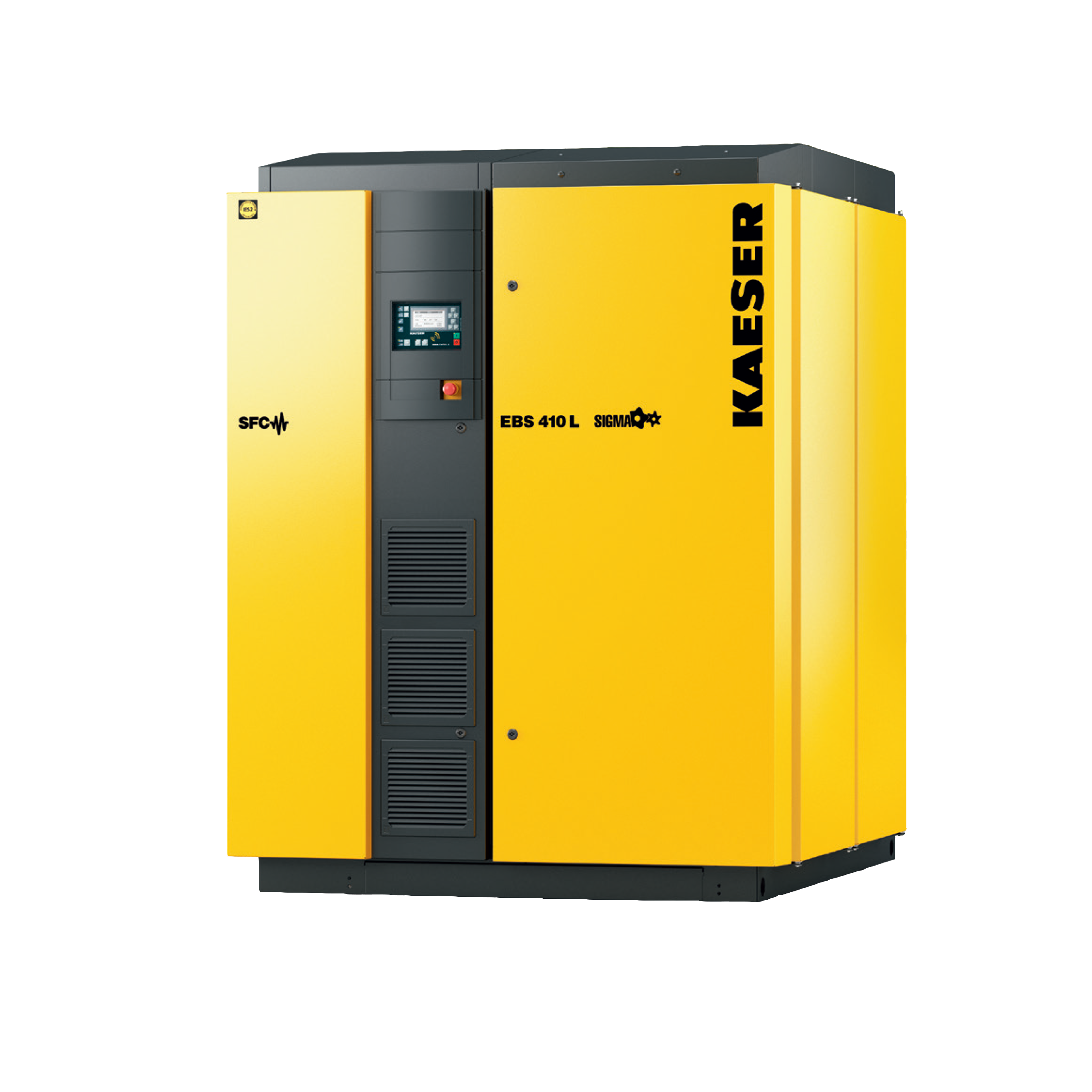
4 minute read
Enhanced operational efficiency
Located in a beautiful setting between the Siegerland and Westerwald regions of Germany, lies the small town of Herdorf. Historically, the area has been one of the most important iron ore mining regions in Europe. For centuries, the town thrived on iron ore and basalt mining, and this heritage has left a lasting impact on the town and its people. In recent years, Herdorf has made itself future-ready by expanding its commercial areas and offering numerous attractive opportunities for businesses and residents.
The history of Herdorf dates back to pre-Christian times, specifically to the Celtic era. Archaeologists in the 1960s discovered several Celtic smelting sites in various locations within the city area. The exact dating of these sites is still a subject of debate among experts, but slag and ceramic finds are attributed by some specialists to the 6th– 5th centuries BC. After more than 2,000 years, this mining tradition came to an end in 1965 with the closure of the Siegerland region’s mines.
Today, aside from a few sealed mine entrances and slag heaps in the forests, there is not much visible evidence of this mining heritage. In recent years, Herdorf has expanded its commercial areas, providing opportunities for both startups and existing businesses to relocate or expand. The local wastewater treatment plant has also made itself future-ready with a modern, highly efficient blower station for the aeration tank, among other upgrades. The Hellertal Wastewater Association has operated the wastewater treatment plant in Herdorf since 1965. The facility currently has a capacity of 49,000 population equivalents, while the current load is approximately 32,000 population equivalents. Wastewater from the catchment area is conveyed to the treatment plant through a main collector and five pumping stations. The wastewater undergoes mechanical, chemical and full biological treatment at the plant. Under dry weather conditions, the plant receives around 450 m³ per hour, while during rainy weather, this value can increase to approximately 1,300 m³ per hour.


Efficiency and controllability
“The degree of wastewater contamination is highly variable due to various factors. This is partly down to significant variations in precipitation within the catchment area, such as the so-called flush effect, whereby the sewer lines are flushed out after prolonged spells of dry weather,” explains Peter Kloidt, Technical Manager at the wastewater treatment plant.
“Consequently, the air demand in the aeration tank is also highly variable, which poses specific requirements for the new blower station, necessitating much better controllability than the outdated system from the 1990s.” After more than 30 years, the machine technology – comprising four older rotary lobe blowers, each with a motor power of 110 kW, and only one blower offering variable output via a frequency converter – had become outdated and inefficient. Today, in the era of the energy revolution, maximised operational efficiency is more important than ever before. “When planning the new station, the initial question was to determine which technology could best deliver the air required for aeration in the tank. We also wanted to achieve excellent controllability and significantly enhance operational efficiency with the new station,” summarises Peter Kloidt, outlining the initial situation. Following detailed calculations during the project development and tendering process, it was determined that modern, high-efficiency rotary screw blowers were best suited to meet the plant’s specific requirements.
In 2021, three new frequency-controlled KAESER EBS 410 L SFC rotary screw blowers, each with a motor power of 45 kW, were installed. The highly efficient synchronous reluctance motor achieves visible improvements in efficiency compared to conventional motors, especially in the partial load range. Therefore, together with the energy-efficient SIGMA PROFILE, the rotary screw blowers are able to provide exceptional delivery performance with minimal power consumption. The moderate maximum speed, closely spaced rotary screw profile, and the near-constant specific package input power characteristics throughout the wide control range result in significant energy savings at every operating point. The Siemens frequency converter features a control algorithm specifically tailored to the motor, allowing for variable flow rate adjustment by regulating the blower’s speed to match the process requirements. With its perfectly harmonised combination of frequency converter and synchronous reluctance motor, KAESER achieves best possible system efficiency, IES2, in accordance with IEC 61800-9-2.

So, did the modern rotary screw blowers succeed in significantly enhancing operational efficiency? Based on long-term measurements conducted over several weeks, the old blowers operated at an average power of 86 kW, whereas the new blowers, under the same operating conditions, require only 44 – 57 kW. This corresponds to an annual saving of approximately 300,000 kWh.









